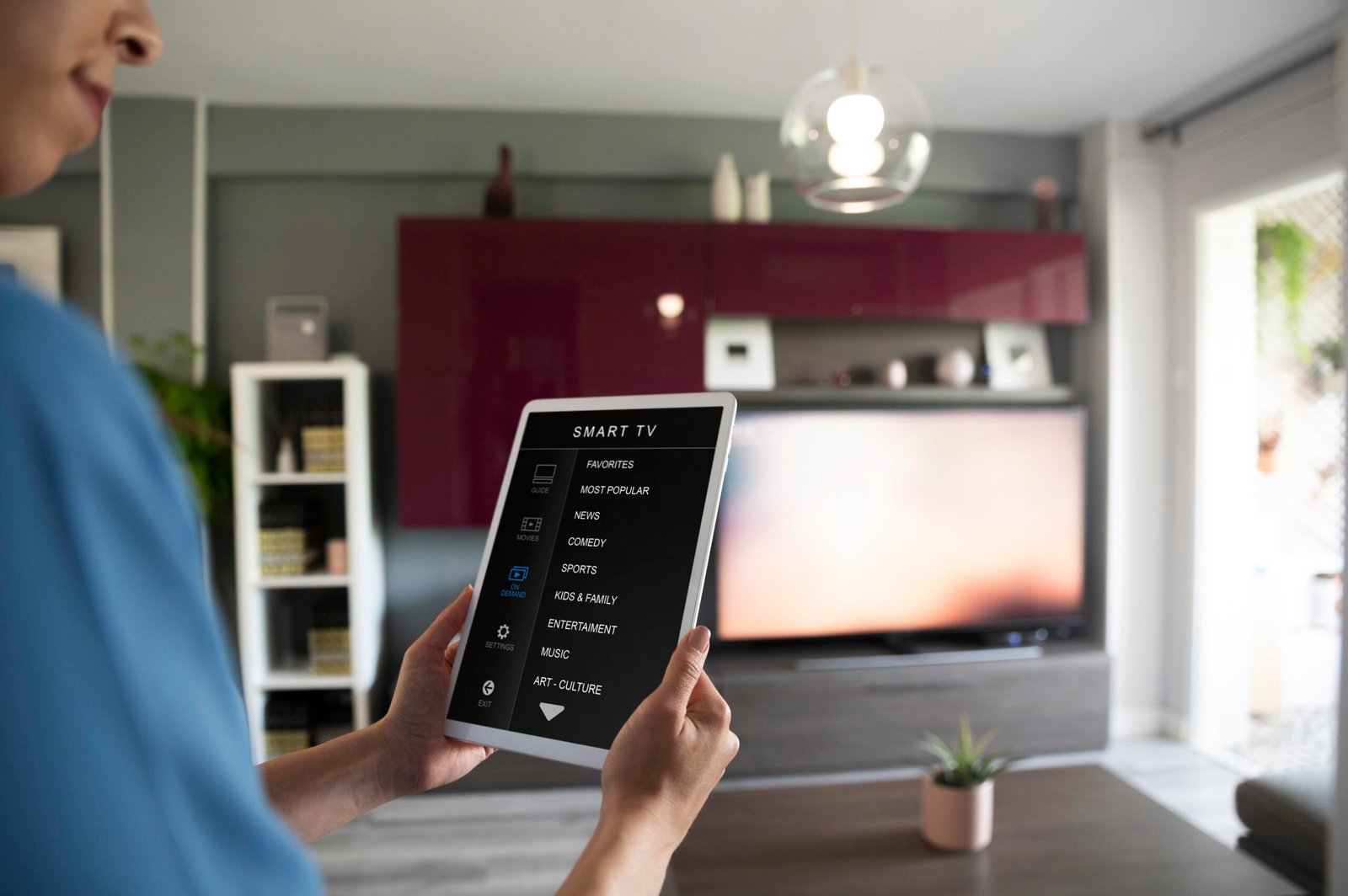Smart Homes and Energy Efficiency

by Web Digital
In an era characterized by technological advancements, the concept of a “smart home” has emerged as a symbol of innovation and convenience. Beyond the convenience of connected devices and automation, smart homes are increasingly being recognized for their role in promoting energy efficiency. This article delves into the intricate relationship between smart homes and energy efficiency, exploring how technology is reshaping our living spaces to be not only smarter but also more sustainable.
I. The Foundation: Understanding Smart Homes
A smart home is an ecosystem of interconnected devices and systems designed to enhance the efficiency and functionality of a household. These devices, ranging from smart thermostats and lighting systems to connected appliances, create an integrated network that can be controlled and monitored remotely. The foundation of a smart home lies in its ability to provide homeowners with centralized control over various aspects of their living environment, from security to entertainment.
II. Energy Efficiency in Smart Homes: A Paradigm Shift
The integration of energy-efficient technologies within smart homes represents a paradigm shift in how we approach residential energy consumption. Smart devices are designed not only to make life more convenient but also to optimize energy use. For instance, smart thermostats learn household preferences and adjust heating or cooling accordingly, reducing energy waste. Similarly, smart lighting systems use sensors and automation to ensure lights are on only when and where needed, minimizing unnecessary electricity consumption.
III. Intelligent Energy Management: The Role of Smart Grids
The synergy between smart homes and energy efficiency extends beyond individual households to encompass broader energy grids. Smart grids, enabled by advanced metering infrastructure and communication technologies, allow for real-time monitoring and control of energy distribution. Smart homes can contribute to this intelligent energy management by adjusting their energy consumption based on signals from the grid. This bidirectional communication ensures a more balanced and efficient use of energy resources.
IV. Smart Devices Driving Energy Savings
Several key devices within the smart home ecosystem contribute significantly to energy efficiency. Smart thermostats, such as the popular Nest and Ecobee brands, go beyond traditional temperature control. They learn users’ habits, adjust settings based on occupancy, and can be remotely controlled through smartphones. This not only optimizes comfort but also leads to tangible energy savings.
Smart lighting systems, exemplified by products like Philips Hue, use LED technology and sensors to adjust brightness and colour based on natural light conditions and occupancy. This results in reduced energy consumption and longer-lasting bulbs. Additionally, smart power strips and outlets enable users to monitor and control the power usage of connected devices, preventing energy waste from electronics in standby mode.
V. Renewable Energy Integration: A Green Revolution
Smart homes are increasingly becoming hubs for the integration of renewable energy sources. Solar panels, coupled with smart inverters and energy storage solutions, allow homeowners to generate and store their own electricity. Smart home systems can optimize the use of renewable energy based on weather conditions and consumption patterns, maximizing the environmental benefits of clean energy sources.
VI. Overcoming Challenges: Security, Affordability, and Standardization
While the potential for energy efficiency in smart homes is vast, challenges exist that must be addressed for widespread adoption. Security concerns regarding the interconnected nature of smart devices need robust solutions to protect user privacy and prevent unauthorized access. Affordability remains a barrier for some consumers, although decreasing costs and potential long-term energy savings are making smart home technologies more accessible. Standardization of protocols and interoperability between devices from different manufacturers are essential to ensure seamless integration and optimal performance.
VII. Future Horizons: Artificial Intelligence and Smart Home Evolution
The future of smart homes and energy efficiency lies in the integration of artificial intelligence (AI). AI algorithms can analyze data from various sensors and devices, learning patterns of energy consumption and optimizing settings automatically. Predictive analytics powered by AI can anticipate user preferences, weather conditions, and energy demand, further enhancing energy efficiency.
Conclusion:
Smart homes have evolved from being futuristic concepts to integral components of modern living. The marriage of technology and energy efficiency in smart homes not only enhances convenience but also contributes to a more sustainable and environmentally conscious way of living.
As the world grapples with the challenges of climate change and depleting natural resources, the role of smart homes in promoting energy efficiency becomes increasingly significant.
With ongoing advancements in technology and a growing awareness of the environmental impact of our choices, smart homes are poised to play a pivotal role in the future of energy-efficient living. As the smart home ecosystem continues to expand, it holds the promise of reshaping not only how we live but also how we interact with and contribute to the broader energy landscape.
Recommended Posts

Web Design Portfolio Tips for Canadian Freelancers
September 27, 2025

The Cost of SEO Services in Canada
September 27, 2025

How to Use Google Business Profile for Local SEO
September 26, 2025
